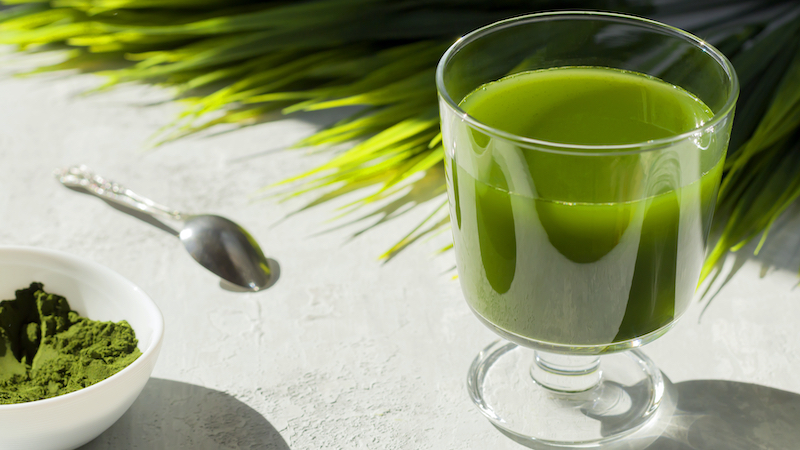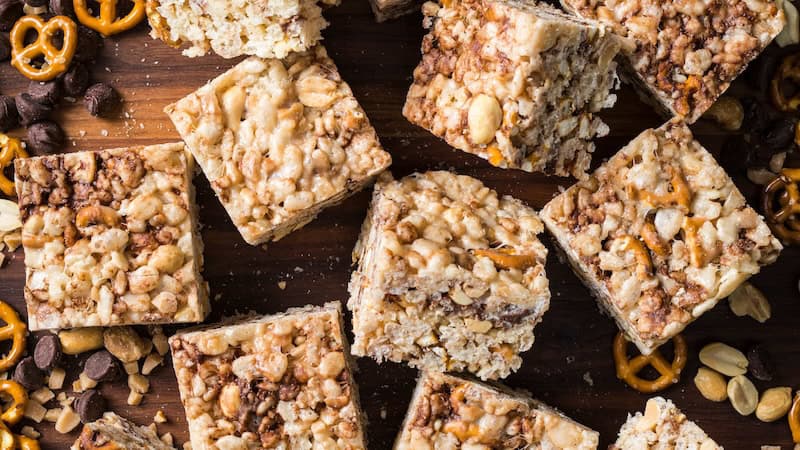Are Drinkable Greens Healthy or Just Disgusting?
A look behind the science around these green powders

You may have seen one of the many targeted ads on social media for drinkable green powders. They usually have a professional athlete or influencer raving about how much they love the product (it is an ad, after all). But are these trendy drinkable greens even healthy? We dove into the science around green powder drinks to see if they are worth the money.
What are drinkable greens?
Similar to protein powder, drinkable greens come in powder form and can be mixed with water to form a liquid supplement. They are made with numerous ingredients, including freeze-dried fruit and vegetable powders, extracts, digestive enzymes, probiotics and undisclosed “natural flavors.” They are marketed as a product that can help you meet a variety of your nutritional needs in just one scoop. However, most supplements and diet products are unregulated, so it can be hard to know what is actually in a product unless it has undergone third-party testing and certification.
Are drinkable greens healthy?
Unlike most protein powders or meal-replacement powders, most drinkable greens powders are relatively low in calories and macronutrients.
These powders are formulated to contain several vitamins and nutrients, similar to a supplement. While they might be helpful if you are worried about meeting your nutrient needs, there are some notable differences between drinkable greens powders and the real deal.
When you eat greens like kale, collards, chard, or spinach, you are getting a naturally occurring dose of water, fiber, and several nutrients. Actual greens are higher in fiber and certain nutrients (like potassium) than the powders. And their water and fiber content helps slow down their digestion and allows your body to absorb the nutrients as needed rather than all at once. Plus, greens can be prepared in a variety of delicious ways.
Drinkable greens might be convenient for someone on the go, but they can contain over 75 ingredients – one of which might be added sugar or sugar substitutes. Since most of their ingredients are freeze-dried or extracts, they have a longer shelf life than fresh whole foods, which is one positive. But on the other hand, they can be very pricy; they are significantly more expensive than a bunch of greens.
Spirulina: The supplement has its pros and cons
It’s also important to remember that drinking a serving of a greens powder isn’t a free pass to forgo a healthy, balanced eating pattern. Drinkable greens powders can tout health claims that might not be fully scientifically backed. And while they might help you up your intake of some specific nutrients, going for the real thing is the healthiest option.
The bottom line
So, do you need to buy drinkable green powders to be healthy? No. Eating whole foods and actual greens allows you to meet your needs in a more satisfying, healthier, and more affordable way. That doesn’t mean that drinkable greens are bad for you if you can afford them and enjoy them. But, as with any supplement, be sure to choose products that have third-party certification so that you know the label claims and ingredients list are accurate. Always talk to your doctor or dietitian before taking a new supplement or product to make sure it’s safe for you.
EatingWell is a magazine and website devoted to healthy eating as a way of life. Online at www.eatingwell.com.
© 2022 Meredith Corporation. Distributed by Tribune Content Agency, LLC.


